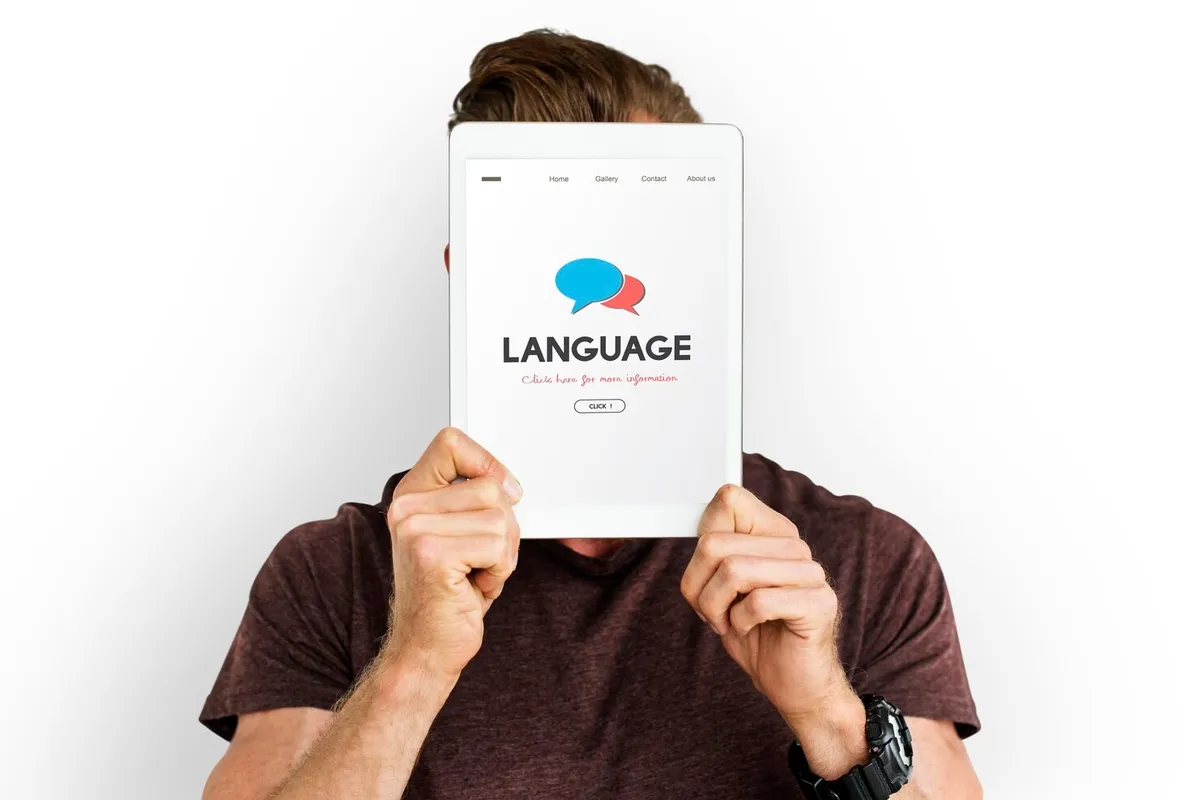Do you know the language of Singapore? It’s not just English; it’s Singlish – a captivating blend of English, Malay, Mandarin, Tamil, and local dialects.
This linguistic marvel is beyond speech; it’s the heartbeat of Singapore’s rich cultural tapestry. So, join us on a journey into the world of Singlish, where every phrase tells a story of diversity and transformation.
Navigating the Tapestry of Singapore Language History

The introduction of English to Singapore is deeply intertwined with its colonial past and the linguistic policies that followed independence.
Colonial Beginnings and the Introduction of English
The journey of Singapore’s language history started in 1819, aligned with its colonial era. This period also marked the introduction of English, which coincided with the establishment of a British trading post. It’s a pivotal moment, laying the groundwork for the nation’s linguistic landscape.
The Dawn of English Education: Singapore Free School
In 1823, the Singapore Free School (later Raffles Institution) opened its doors. This moment embedded English in Singapore’s educational framework.
Catering initially to a predominantly Chinese demographic, the school, staffed by British and Indian educators, began shaping the early contours of Singapore English.
Post-Independence Language Policies and Lee Kuan Yew’s Vision
After independence, Singapore’s linguistic path took a decisive turn under Prime Minister Lee Kuan Yew. Advocating English for national development and unity, Lee Kuan Yew was instrumental in propelling English to the forefront of the country’s language policy.
This era also marked the beginning of a bilingual educational approach. English has become the primary medium of instruction ever since.
The 21st Century and the Speak Good English Movement
The turn of the millennium heralded a new linguistic milestone: the 2000 Speak Good English Movement. This initiative reinforced the government’s dedication to Standard English, which highlights its significance in international communication and economic spheres.
However, this didn’t overshadow the cultural importance of Singlish, which continued to reflect the nation’s unique social fabric.
In the intricate web of official languages in Singapore, Singlish stands out as a vibrant, distinct dialect. It’s a testament to the nation’s ability to balance its colonial legacy with modern-day requirements. Also, this language has evolved into a linguistic symbol that’s uniquely Singaporean.
Exploring Singapore’s Linguistic Uniqueness
Singaporean English pronunciation stands out with its unique characteristics, distinctly different from both British and American English. In addition to uniquely mirroring Singapore’s diverse cultural mix, Singlish showcases distinct traits in its vocabulary, phonology, and grammar.
A Mosaic of Words: The Vocabulary of Singlish

Delving into Singlish, we uncover a treasure trove of vocabulary that mirrors Singapore’s cultural diversity. Borrowing liberally from Malay, Tamil, and various Chinese dialects, Singlish has developed its own set of colloquial expressions that are uniquely Singaporean.
This cultural richness is globally acknowledged, with words like “shiok” and “kiasu” earning a place in the Oxford Dictionary, a nod to Singlish’s international allure.
Distinct Sounds: Singapore English Pronunciation Guide

The pronunciation patterns in Singlish are fascinatingly unique. Additionally, they blur the lines between long and short vowel sounds, making ‘beat’ and ‘bit’ sound strikingly similar.
Vowels in Singlish are typically shorter, too, except for open syllables. Diphthongs from Received Pronunciation, such as in ‘face’ and ‘goat’, are simplified into singular sounds /e/ and /o/.
A notable phonological signature of Singlish is the diphthong /uə/, especially evident in words like ‘poor’ and ‘sure’, adding to the distinct sonic character of Singaporean English.
Grammatical Tapestry: The Structure of Singlish

Grammatically, Singlish is a vibrant fusion, weaving together elements from various Chinese dialects, Teochew, Hakka, Cantonese, and Hokkien.
In addition to resulting in grammatical structures, it makes distinct usage patterns from Standard British or American English. Thus, Singlish is not just a part of the languages spoken in Singapore but is a testament to Singapore’s linguistic ingenuity and cultural fusion.
Explore linguistic diversity with our Fun English Course, which is specially tailored for those keen on conversation classes. Our course isn’t just about learning English; it’s an exciting journey into the language of Singapore, too. Sign up now and dive into the vibrant world of English in a fun, interactive way!
